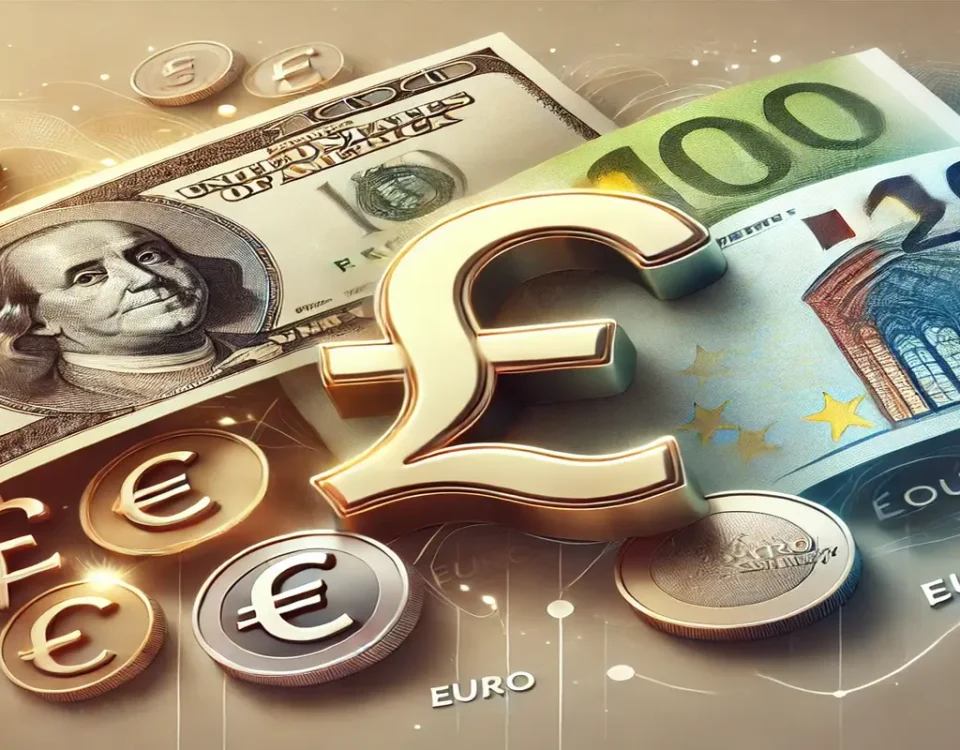
Small investor group seeks seat on Telecom Italia’s revamped board
25/03/2024
Luxury EV maker Lucid to raise $1 bln from Saudi’s PIF affiliate
25/03/2024Yen gains after intervention warning, dollar dips

FILE PHOTO: U.S. dollar banknotes are seen in this illustration taken March 10, 2023. REUTERS/Dado Ruvic/Illustration/File Photo
NEW YORK, March 25 (Reuters) – The yen strengthened on Monday as Japan’s top currency diplomat cautioned against speculative efforts to weaken the currency, while China’s yuan gained ground on suspected dollar selling by state-owned banks. These dynamics contributed to a decline in the U.S. dollar against a basket of currencies following its one-month high reached on Friday. Masato Kanda, Japan’s vice finance minister for international affairs, emphasized that the yen’s weakness did not align with underlying fundamentals, underscoring concerns about the currency’s recent decline against the dollar.
“He’s clearly putting traders on alert for signs of intervention,” noted Karl Schamotta, chief market strategist at Corpay in Toronto.
The dollar was last down 0.11% against the Japanese yen at 151.26, after hitting a four-month high of 151.86 on Friday, nearing a 32-year low of 151.94 per dollar set in October 2022. Observers are monitoring the 152 level for potential intervention cues, although Schamotta suggested that government action might not occur unless volatility increases.
“Implied volatility continues to decline across major currencies, supporting the carry trade. We should expect to see speculators borrowing in yen and other low-yielding currencies while investing in higher-yielding emerging market currencies,” he added, noting this trend could further weigh on the yen.
Despite the Bank of Japan’s recent interest rate hike out of negative territory, the Japanese currency has depreciated. In contrast, China’s yuan rebounded 0.37% in the offshore market, aided by suspected dollar sales by state-owned banks and firm guidance from the central bank, reversing a four-month low reached on Friday. Mounting expectations of additional monetary easing to bolster the world’s second-largest economy have pressured the Chinese currency.
The dollar index retreated 0.23% to 104.19, down from Friday’s peak of 104.49, its highest level since Feb. 16. Federal Reserve Chair Jerome Powell’s reaffirmation of anticipated rate cuts this year, despite stubborn inflation in January and February, has affected market sentiment. However, some Fed officials, including Atlanta Fed President Raphael Bostic, have voiced concerns about persistent inflation and robust economic data. Bostic recently adjusted his rate-cut forecast to a single quarter-point cut this year instead of the previously anticipated two.
The forthcoming release of the personal consumption expenditure (PCE) price index for February, scheduled for Friday, will provide further insights into Fed policy. The data coincides with the Good Friday holiday, potentially dampening forex trading volumes due to market closures in stocks and bonds.
The euro rose 0.27% to $1.0835, while sterling climbed 0.36% to $1.2643. Speculation for rate cuts by the European Central Bank and the Bank of England has increased following the Swiss National Bank’s recent rate cut and comments by BoE Governor Andrew Bailey indicating potential rate adjustments this year.
Elsewhere, the Australian dollar advanced 0.40% to $0.6540, while Bitcoin surged 6.9% to $67,923, albeit down from its record high of $73,803.25 on March 14.


